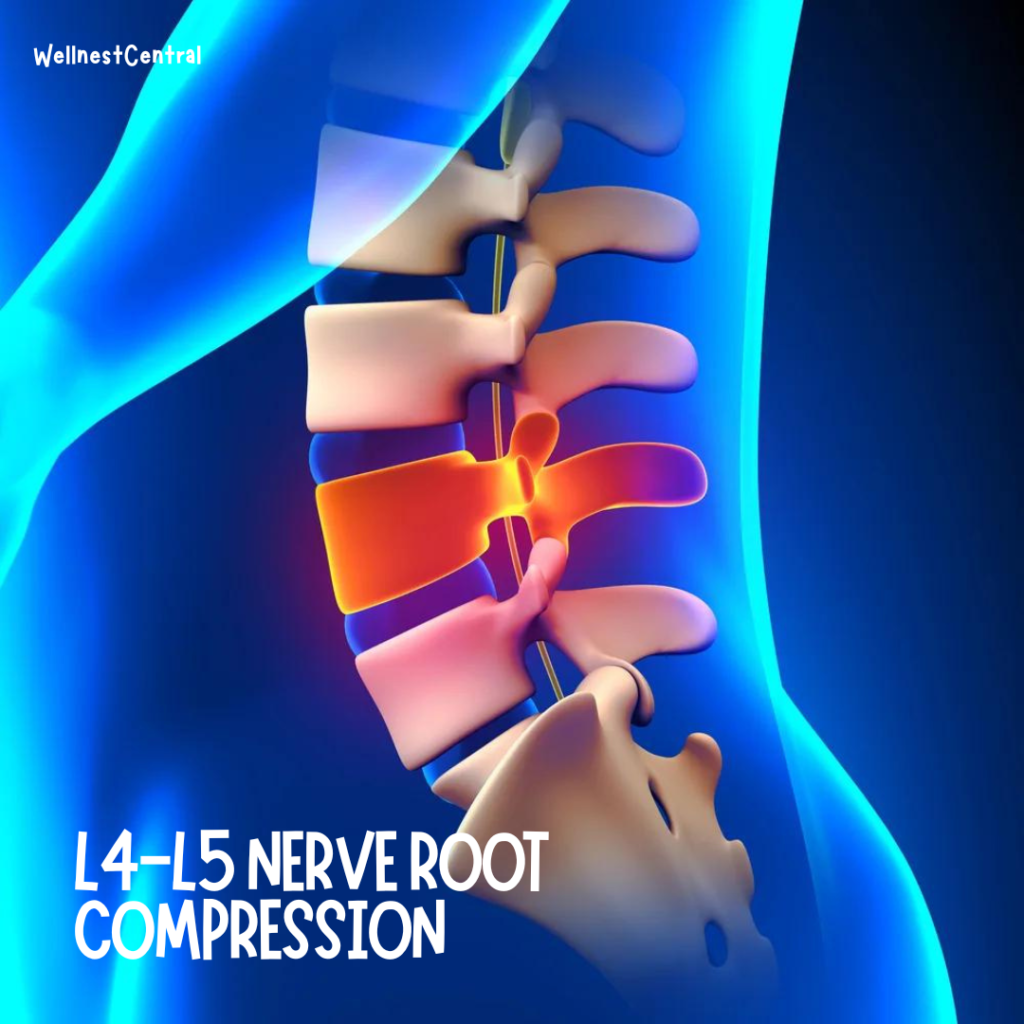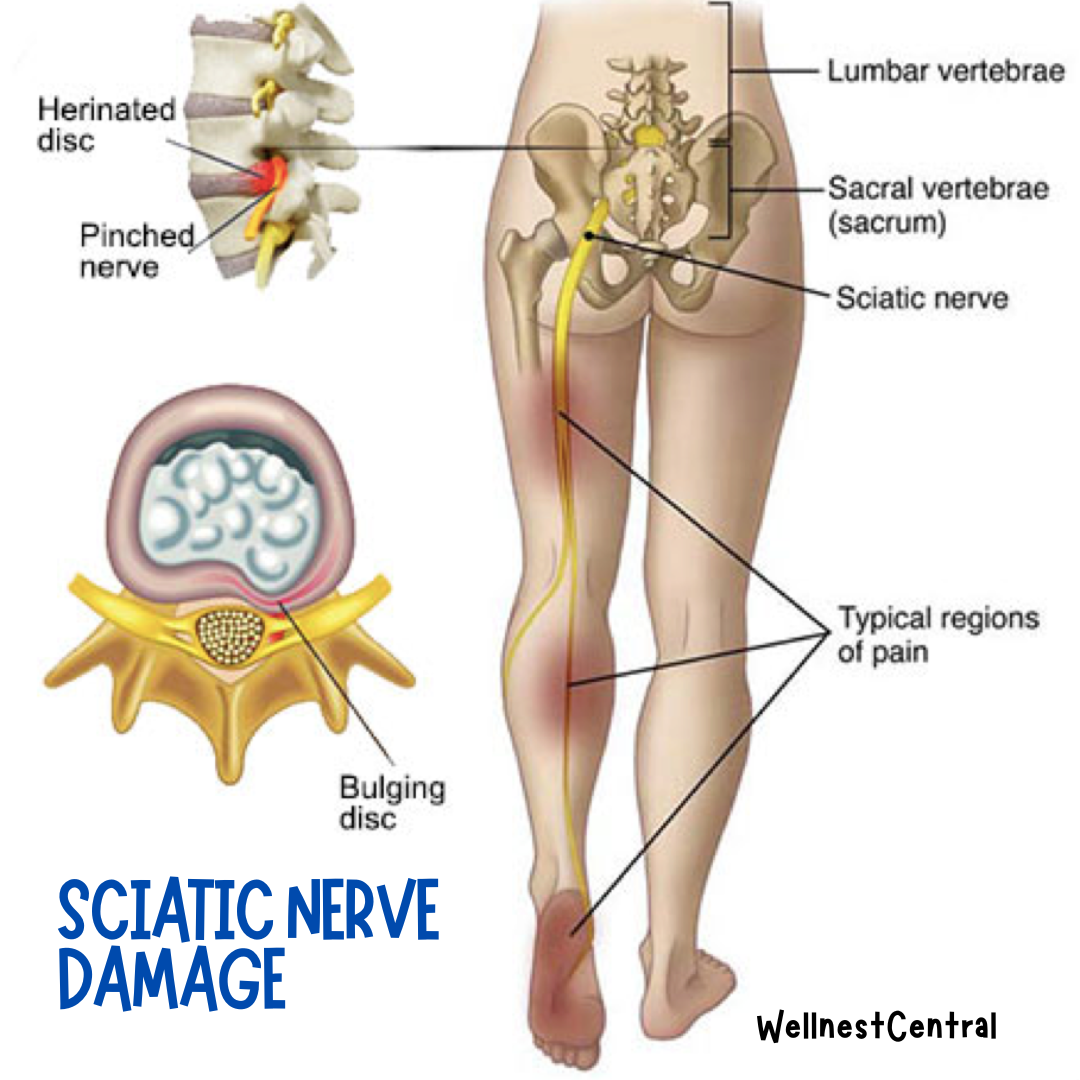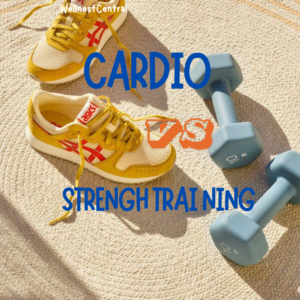Introduction
Can sciatica cause knee pain? If you’re dealing with both, everyday activities like walking, sitting, or even standing can quickly become a struggle. While knee pain might seem like a localized issue, it’s often linked to a problem in your back. Sciatica, a condition commonly associated with lower back pain, can radiate discomfort down the leg and affect the knee as well. Understanding this connection is crucial for effective treatment and recovery, especially for physical therapy patients managing sciatic pain.
This article will explore the relationship between sciatica and knee pain, identify symptoms to look out for, and provide evidence-based treatment options and exercises that can relieve discomfort. If you’re experiencing both back and knee pain, read on to learn how they’re connected and what you can do to find relief.
Understanding Sciatica and How It Affects the Body
What is Sciatica?
Sciatica is a condition characterized by pain that originates from the sciatic nerve. This nerve is the largest in your body, running from the lower back (lumbar spine) through the hips, buttocks, and down each leg to the feet. According to The Lancet, sciatica can affect up to 40% of people at some point in their lives. When this nerve is compressed or irritated, it can cause symptoms ranging from mild discomfort to severe pain that radiates from the back to the legs.
Symptoms of Sciatica
Common signs of sciatica include sharp or shooting pain, tingling, numbness, or burning sensations in the lower back, buttocks, legs, and sometimes even down to the feet. However, what’s less known is that sciatica can also present as knee pain, making it challenging to identify the root cause.
The Link Between Sciatica and Knee Pain
Can Sciatica Cause Knee Pain?
Yes, it can! Knee pain is often a type of “referred pain,” meaning that while you may feel discomfort in the knee, the actual source of the problem is elsewhere—in this case, the sciatic nerve. A study published in Spine discusses how referred pain from nerve compression can be felt in areas far away from the original site of injury.
Referred Pain vs. Localized Pain
Unlike localized pain, which is caused by an injury or inflammation in a specific area (like a knee sprain), referred pain travels along the nerve pathways. Since the sciatic nerve branches out and connects various muscles and joints, irritation to the nerve in your lower back can send pain signals down to your knee.
Real-life Story: Anna’s Journey
Anna, a 52-year-old physical therapy patient, suffered persistent knee pain for months. She tried various knee treatments but saw no improvement. It wasn’t until she visited a specialist who identified her sciatica that she found the root cause. With targeted physical therapy and exercises for her sciatica, Anna’s knee pain gradually improved.
Why Sciatica May Lead to Knee Pain: Causes and Mechanisms

Nerve Pathways and Compression
Sciatica typically originates from nerve compression in the lower spine (L4-L5, S1 vertebrae). This compression can send radiating pain signals through the nerve pathways to the knee. Lumbar disc herniation, spinal stenosis, or degenerative disc disease can cause this kind of nerve compression.
Muscle Imbalance and Strain
Sciatica can cause muscle imbalance, where some muscles become overactive while others are weak. This imbalance can lead to improper movement and increased strain on the knee joint. For instance, if the hamstrings are tight due to sciatica, they can pull on the knee, leading to pain.
Patient Experience: Mark’s Muscle Challenge
Mark, a 38-year-old man, developed knee pain due to sciatica. He found out that muscle weakness in his glutes and core was putting extra strain on his knees. Once he started strengthening his muscles and stretching his hamstrings and piriformis, his knee pain improved significantly.
How to Identify If Your Knee Pain is Linked to Sciatica
Symptoms That Indicate Sciatica-related Knee Pain
Here are some signs that your knee pain may be connected to sciatica:
- Pain that travels from the lower back or buttocks down to the knee.
- Numbness, tingling, or a burning sensation in the leg.
- Pain that worsens when sitting, standing for long periods, or certain movements.
Tests and Assessments for Diagnosis
To determine whether your knee pain is sciatica-related, healthcare providers may use:
- Straight Leg Raise Test: Lying on your back, the leg is raised straight to see if pain radiates to the knee.
- MRI and Nerve Conduction Studies: These tests can help confirm if a nerve in the lumbar spine is being compressed. Studies in the Journal of Clinical Neuroscience show that these diagnostic tests are effective in identifying the source of nerve-related knee pain.
Treatment Options for Sciatica-related Knee Pain
Physical Therapy Techniques
A physical therapist can guide you through targeted exercises like nerve gliding and gentle stretching, focusing on the sciatic nerve and surrounding muscles. A review in Physical Therapy in Sport confirms that a structured physical therapy program is highly effective for sciatica management.
Pain Management Strategies
Applying heat and cold therapy to affected areas can reduce inflammation and relieve pain. Over-the-counter pain relief (NSAIDs like ibuprofen) may also help in reducing discomfort. Combining these modalities often provides more comprehensive relief, as suggested in Pain Medicine.
Posture and Lifestyle Modifications
Proper posture and avoiding prolonged sitting or standing can ease sciatic pain. Using lumbar rolls while sitting and adopting ergonomic habits can significantly improve comfort.
Advanced Treatment Options
For severe cases, healthcare providers may recommend corticosteroid injections, nerve blocks, or surgery if conservative treatments don’t offer relief.
Exercises to Relieve Sciatica and Knee Pain
Gentle Stretches for the Lower Back and Legs
- Seated Hamstring Stretch
- Sit on the floor, stretch one leg out straight, and reach toward your toes. Hold for 15-30 seconds. Repeat 3 times.
- Knee-to-Chest Stretch
- Lie on your back, bring one knee to your chest, and hold for 20-30 seconds. Switch sides and repeat 2-3 times.
- Piriformis Stretch
- Sit with one ankle over the opposite knee, lean forward gently, holding for 15-30 seconds.
Strengthening Exercises for Pain Relief
- Bridges
- Lie on your back with knees bent. Lift hips towards the ceiling while squeezing glutes, hold for 5 seconds. Repeat 10 times.
- Wall Sits
- Slide down a wall into a seated position with knees at 90 degrees. Hold for 15-30 seconds, then return to standing. Repeat 5 times.
- Bird Dog
- On all fours, extend one leg and the opposite arm straight out, hold for 5 seconds, then switch sides. Repeat 10 times.
Precautions and Safety Tips
Always start exercises slowly and stop if pain worsens. Consult with a physical therapist to ensure exercises are safe for your specific condition.
Real-life Testimonials: Patients Managing Sciatica-related Knee Pain
Sandra’s Comeback
Sandra, a 45-year-old physical therapy patient, dealt with severe knee pain stemming from sciatica. After months of consistent stretching and strengthening exercises, she noticed significant improvement in both her sciatica and knee discomfort. Sandra’s story shows how a dedicated physical therapy regimen can offer substantial relief.
Conclusion: Moving Forward Without Pain
Understanding the link between sciatica and knee pain is the first step towards relief. With proper diagnosis, targeted exercises, and lifestyle adjustments, sciatica-related knee pain can be effectively managed. Remember to seek professional help when needed, and take charge of your recovery journey to enjoy pain-free movement.
Call-to-Action
If you’re experiencing knee pain and suspect it may be related to sciatica, don’t hesitate to speak with a physical therapist or healthcare provider. By working together, you can find the right treatment plan and get back to living without pain.
If you have any feedback on this article or specific questions about exercises and treatment options, feel free to comment below or reach out to a healthcare provider for personalized advice.
Similar Resources:
7 Alarming Causes of Knee Pain and Calf Pain (And How to Find Relief Now!)




